On Saturday (May 11), the levels of carbon dioxide in our planet reached 415 parts per million (ppm), as measured by the National Oceanic and Atmospheric Administration’s Mauna Loa Observatory in Hawaii. That is more carbon dioxide in the atmosphere than anytime in human history. And in the last 800,000 years. As climate expert Peter Gleick aptly tweeted “the last time humans experienced levels this high was … never. Humans didn’t exist.”
We have never known a world like this.
Also Read: Climate Change affecting Bird Migration Patterns in India
The carbon dioxide level on earth first surpassed the 400 ppm mark in 2013 and since then despite many warnings and resolves made to contain the level of greenhouse gas emissions, there has been a relentless rise in the amount of CO2 in the atmosphere.
Scientists at the Hawaii observatory have been measuring atmospheric carbon dioxide levels since 1958. But because of other kinds of analysis, such as those done on ancient air bubbles trapped in ice cores, they have data on levels reaching back 800,000 years. From this data, we know that during ice ages, CO2 levels were around 200 parts per million (ppm), and during the warmer interglacial periods, they hovered around 280 ppm. During the preindustrial era the average level of the greenhouse gas was never above 230 ppm compared to now when it is at a level that could lead to unrepairable damage in multitude of ways.
According to Jonathan Amos who writes for BBC News, the last time Earth’s atmosphere contained the amount of carbon dioxide present today was during the Pliocene Epoch of 2.6 to 5.3 million years ago. At that time,
-Antarctica was a plant-covered oasis,
-Sea levels were an estimated 10 to 20 meters higher, and
-In the Arctic, summer temperatures were a full14 degrees higher than they are now.
“We keep breaking records, but what makes the current levels of CO2 in the atmosphere most troubling is that we are now well into the ‘danger zone’ where large tipping points in the Earth’s climate could be crossed,” Jonathan Overpeck, dean of the University of Michigan’s School for Environment and Sustainability, tells Live Science.
How this impacts India?
Global warning is likely to increase world temperature by 1.5 to 2 degree Celsius between 2030 and 2052 and India would be worst hit by climate change if nothing was done to cut down emissions warned an October 2018 United Nation’s Intergovernmental Panel on Climate Change (IPCC) report.
For India climate change is not only an environmental nightmare. It is also the monster that can throw all economic advancements down the drain if not contained. Here’s how,
#1 Reduce crop yields making farmers poorer
According to the economic survey of 2017-18, in the year when temperatures are 1 degree Celsius higher, farmer incomes in India would fall by 6.2 per cent during the kharif season and 6 per cent during rabi in rainfed districts. Similarly, in a year when rainfall levels were 100 millimetres less than average, farmer incomes would fall by 15 per cent during kharif and by 7 per cent during the rabi season, says the survey.
It estimates that farmers’ income losses from climate change would be between 15 per cent and 18 per cent on an average. It would be higher between 20 per cent and 25 per cent in rainfed areas. What is even scarier is that these are statistical figures and the temperature rise may be nonlinear in reality making it very uncertain as to the amount of loss a farmer may face when the climatic conditions are not in his or her favour.
Also Read: By 2080 Climate Change Might Eat away Most Plants and Animals
#2 GDP Loss
A Global Assessment Report by UN Office for Disaster Risk Reduction said this Wednesday that economic losses to the extent of 4% of GDP are projected annually if countries like India don’t invest in disaster risk reduction due to climate change.
A June 2018 World Bank Report had said climate change could cost India 2.8 per cent of GDP, and lower living standards of nearly half of its population by 2050. Within 6 months the risk has elevated to an estimated 4% of GDP loss annually.
#3 More Heatwaves
According to Delhi based research organisation Centre for Science and Environment (CSE) a heat wave is declared when the temperature is five degrees or more than the average temperature recorded on that particular day over the last three decades. Cities feel the brunt of the elevated temperatures, because of the magnified effect of paved surfaces and a lack of tree cover – this is known as the “urban heat island effect”. “Eight out of the 10 warmest years in India were during the past decade (2001-2010), making it the warmest decade on record with a decadal mean temperature anomaly of 0.49 °C. An average person experienced an additional 1.4 days of heat wave per year in 2017 compared to 2000. If the trends are to be believed, such occurances would become more frequent now.
#4 Frequent Floods
As per Down to Earth, floods of all kinds – riverine floods, those due to snow melt and coastal flooding due to sea level rise – are increasing, and are projected to increase further. Both the intensity and area affected by floods due to extreme rains and snow melt contribution are projected to increase over India.
#5 Rising Sea Level
Sharing studies by the Hyderabad based Indian National Centre for Ocean Information Services, the government in December 2018 noted that sea levels along the Indian coasts may rise from 3.4 inches to almost 34 inches (2.5 feet) by the end of the century due to global warming. More than 50 million people living in India might be affected by the sea level rise and the most threatened areas were Mumbai, Kolkatta, Kutch and Kerala.
#6 Animals Without Food or Habitat
From the snow leopards of the Himalayas to the Nilgiri Tahr of the western Ghats, animals of all kinds and habitats would find it difficult to survive with the rising temperature because of the shift in the flowering pattern and the food availability for these species.
As Mami Mizutori, head of UNDRR surmises,
“Extreme changes in planetary and socio-ecological systems are happening now and we no longer have the luxury of procrastination.”
If you liked what you read and wish that we continue to bring stories of lesser known species into the mainstream, do support our work by clicking here.

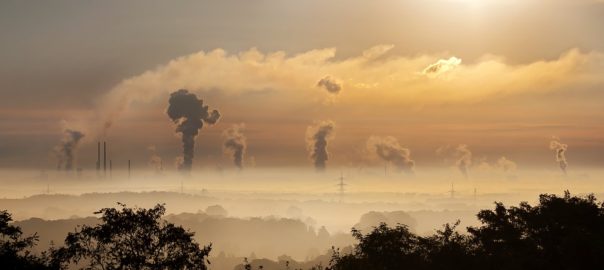
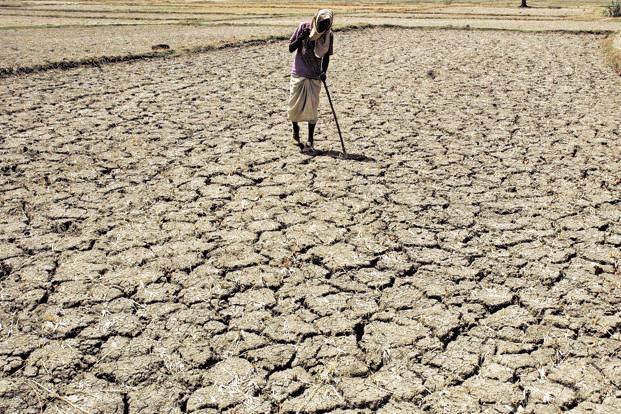
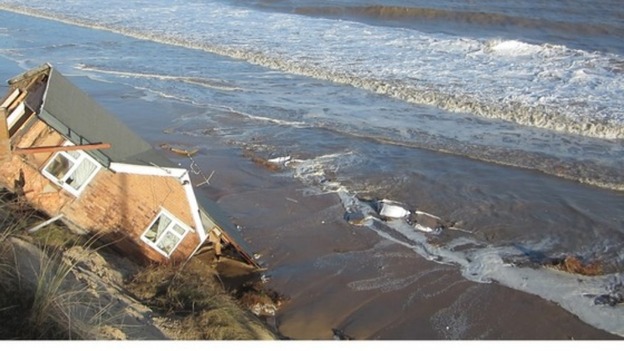
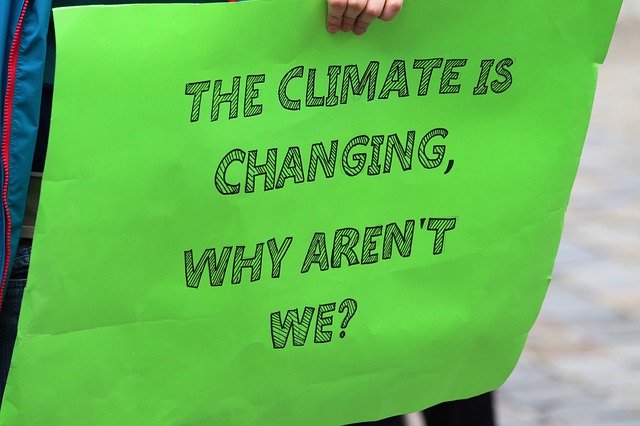


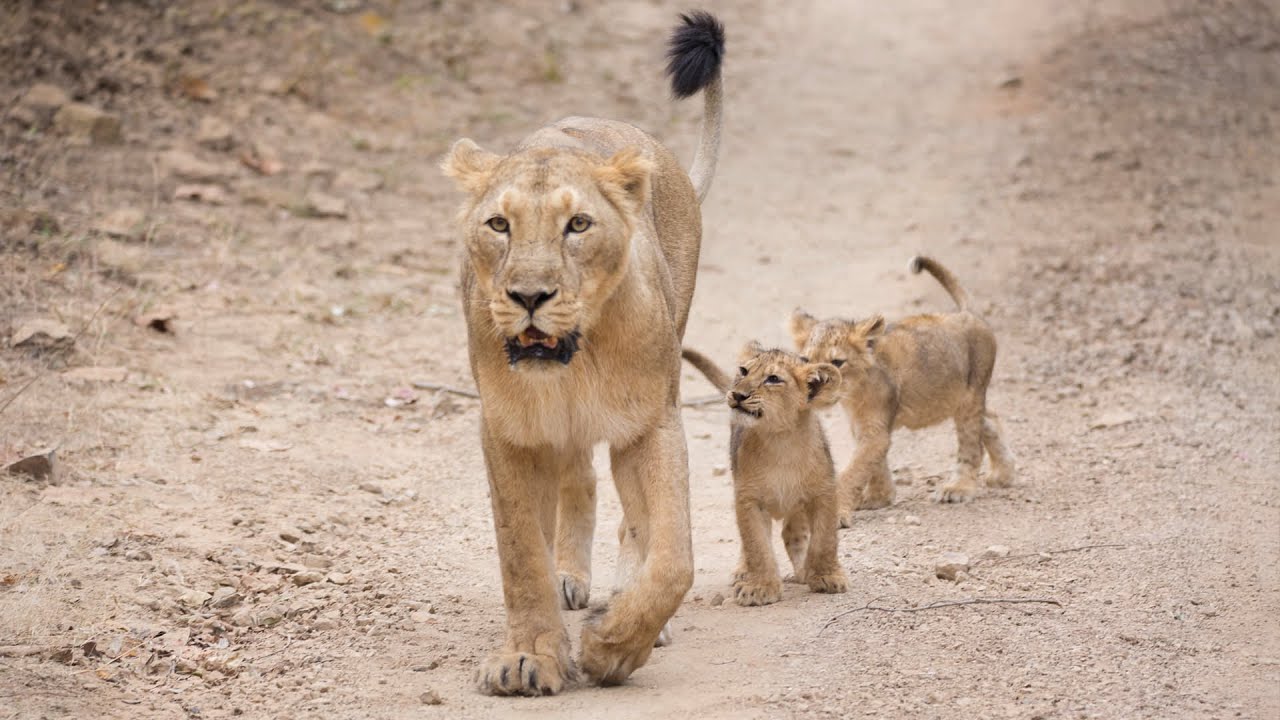
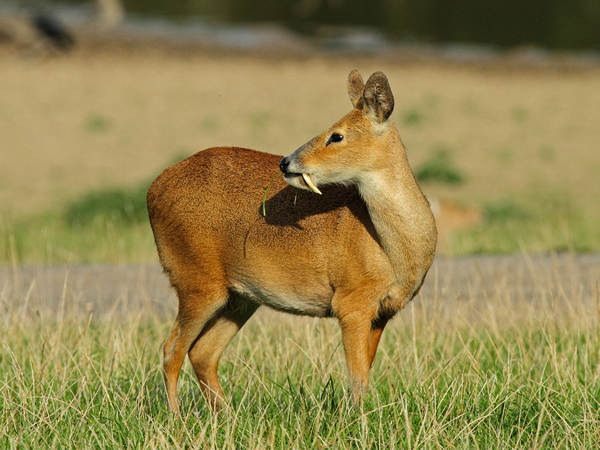
One thought on “The Last Time We Experienced This Much Carbon dioxide Was Never”